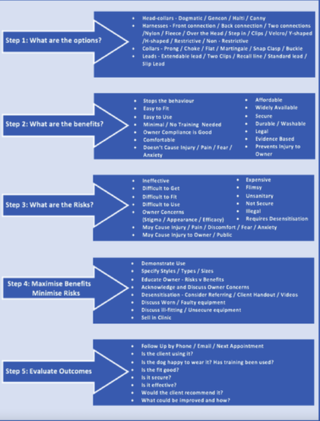Stress
Why You Shouldn't Yank a Dog's Leash
Frustration, anxiety, stress, and more.
Posted July 4, 2022 Reviewed by Lybi Ma
I have had a long-term interest in the behavior of dogs and the nature of dog-human relationships, and I'm always looking at what dogs are doing with other dogs and with their and other humans. It's easy to observe leashed dogs on a walk so I keep track of what's happening on both ends of the leash. It always surprises me that there are so few data reporting what dogs and humans are doing when tethered together; I collected information by watching 100 different people walking their dogs on the streets around Boulder, Colorado. Most dogs didn't seem to be having a good time.1
I wasn't all that surprised by what I learned and always thought that being pulled wasn't good for a dog or their humans. A few days ago I read an open-access essay titled: "Lead pulling as a welfare concern in pet dogs: What can veterinary professionals learn from current research?2
Here are a few major findings. There are some important simple and practical messages that will improve both the dogs' and humans' well-being.
♦ For humans, excluding dog bites, being pulled over when walking a tethered dog is the second-most cause of non-fatal dog-related injuries in the UK.
♦ 24 percent of people reported that they wanted to stop their dog from leash pulling.
♦ 10 percent of people reported that their dogs get less exercise when they're a problem, leading to weight gain and obesity.
♦ Leash yanking can negatively affect the strength of dog-human relationships, especially when it's strongly negative and punitive. [Dogs don't like being shocked, choked, or pronged.]
♦ Dogs who are yanked suffer from problems including frustration, anxiety, stress; elevated heart rate, blood pressure, corticosteroids; damage to the neck, thyroid and salivary glands, and possibly their eyes. Humans anecdotally report more coughing and hacking.
♦ When dogs freely move about, they sniff around 33 percent of the time. When shelter dogs are allowed to exercise their noses, they're calmer. [There's no reason to believe that this wouldn't be true for tethered dogs who are allowed to smell and wander.]
Improving the lives of dogs and dog-human relationships

There also is an important practical message about humanely educating human guardians in "Lead pulling as a welfare concern in pet dogs." (See their figure.) The authors stress that veterinary professionals can do a lot to educate their human clients about how to walk a tethered dog and what to look for when things are or aren't working well for their dog or for both the dog and themselves. They write: "Fostering enjoyable, symbiotic walking experiences can increase enrichment and exercise, reducing stress and aversion for pet dogs, while improving owner attachment."
Letting your dog be a dog when they're out and about might also serve to slow you down and have you learn more about your dog as the individual they truly are and what they want and need when they're supposed to be having fun. Pay attention to individual differences among dogs.
A dog's walk and other exercise should be for them. It's their time. Make it fun, enriching, and exciting, and let them exercise their bodies and senses as they wish. It’s also good for your and their psychological and physical health.
Facebook image: encierro/Shutterstock
References
1) In It's Time to Imagine a Walk on Your Dog's Terms" I reported that 78 percent of people were in total control of their dog, yanking their necks or muzzles, telling them to stop doing this or that, scolding them because "there's nothing there," and often pulling them along when their noses were fully engaged sniffing something or when they were cocking their heads and moving their ears to locate a sound.
2) Information on the dangers of yanking a leash for dogs can be seen here.
Should Dogs Be Shocked, Choked, or Pronged?


